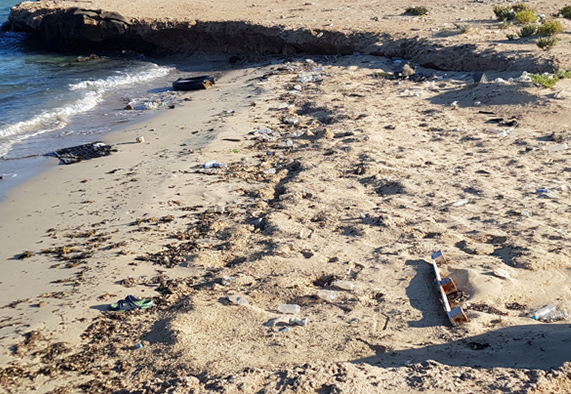The calculated global carbonate production is five billion tons per year – of which three billion tons are estimated to be solid and accumulating in sediments. Recent studies indicate that those sediments are heavily polluted with plastics. Around 13 million tons of plastic enter the ocean every year, accumulating in gigantic garbage patches.
Through different processes of degradation, larger plastic pieces are fragmented into microplastic particles. These initially very light particles are constantly subject to biofouling and are gradually being deposited.
Microplastics have been detected everywhere in the ocean from beaches and surface waters to deep sea habitats. They have the capacity to mimic taste and texture of food items.
Certain microplastic particles also leach toxic components that potentially harms marine life. However, to date, little is known about the concrete effects, and while avoiding is the first choice, research is needed to counteract the effects of plastic in the environment.
Here we aim at increasing the knowledge on the impact of microplastic on biogenic calcification and carbonate production, which is important for coastal stability and protection.
Project Partner |
|---|
|
Nova Southeastern University (NSU) King Abdullah University for Science and Technology (KAUST) |





